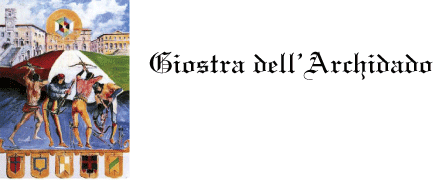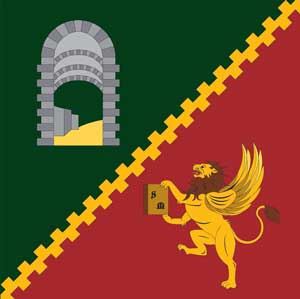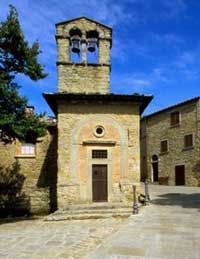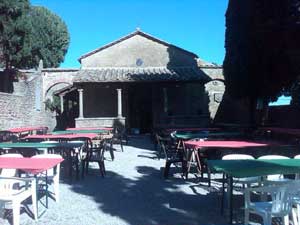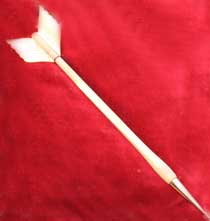Porta Montanina
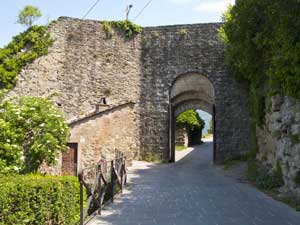
According to some documents dating back to the 13th century, when Cortona was a free “comune” under the religious power of the Diocese of Arezzo, it is possible to retrace the town partition based on the exact position of the entrance gateways: Porta of S. Cristoforo (then called “Montanina”, which identifies the Poggio in iconography), S. Maria, Berarda, S. Vincenzo, Colonia, Peccioverardi (then called “S. Domenico”). Afterwards, the town was divided into three quarters according to the position of three churches: S. Maria, S. Marco and S. Vincenzo.
